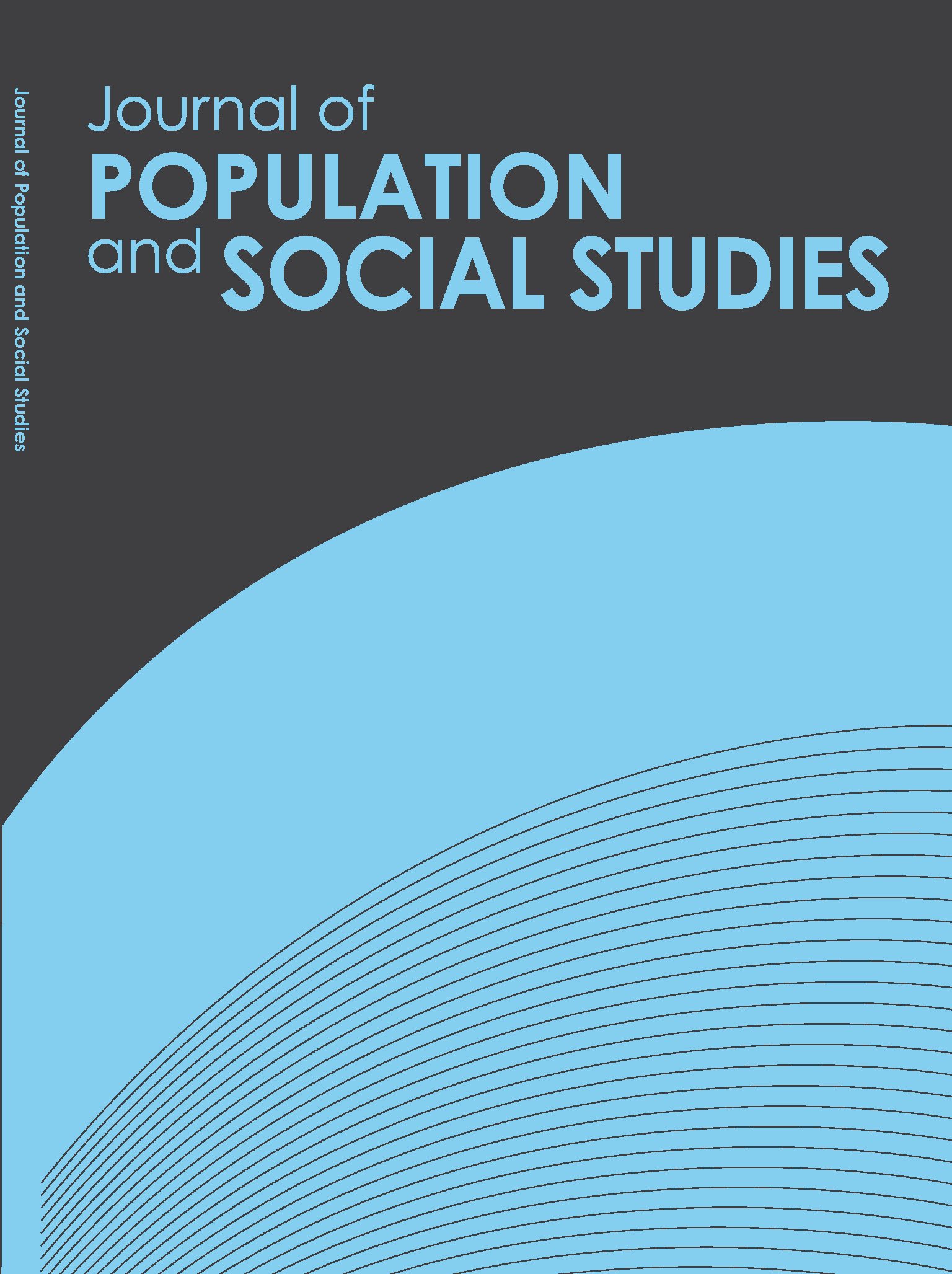Literate Life Expectancy for Females of Assam and Selected States of India: A District Level Analysis of the 2001 Census Data
Main Article Content
Abstract
Article Details
References
• Centre for Development studies. (2005). Human Development Report 2005. Kerala: State Planning Board, Government of Kerala.
• Chattopadhyay, A. & Sinha, K. C. (2010). Spatial and gender scenario of literate life expectancy at birth in India. Asia-Pacific Journal of Public Health, 22(4), 477-491.
• Choudhury, L. & Sarma, R. (2011). Generation of model life tables for the major states of India. International Journal of Statistics and Analysis, 1(4), 419-441.
• Choudhury, L. & Sarma, R. (2012). Indirect Estimation of District Level Life Expectancy at Birth in India. Indian Journal of Public Health Research and Development, forthcoming.
• Huang, R. & Nanjo, Z. (1998). Measurement of social development in China using literate life expectancy. Jinkogaku Kenkyu, May (22), 25-30. Pmid: 12321693 [pub med-indexed for Medline].
• IndiaNetzone. Geography. Retrieved October 15, 2012 from www.indianetzone.com
• Khan, H.R. & Asaduzzaman (2007). Literate life expectancy in Bangladesh: A new approach of social indicator. Journal of Data Science, 5, 131-142.
• Lutz, W. (1995). Literate life expectancy, Popnet, 26 (winter), 1-5, International institute of applied system analysis, Luxemburg, Austria.
• Lutz, W. & Goujon, A. (2004). Literate life expectancy: charting the progress in human development. In W. Lutz, W. C. Sanderson & S. Scherbov (Eds), The end of world population growth in the 21st century (pp, 159-186). IIASA, Earthscan, London & Sterling,VA.
• Lutz, W., Sanderson W. C. & Scherbov, S. (2004). The End of World Population Growth in the 21st Century: New Challenges for Human Formation & Sustainable Development. IIASA, Earthscan, London and Sterling, VA.
• Medina, S. (1996). Implementing a new indicator of social development in Mexico: Literate life expectancy (LLE) wp-96-103. International Institute of Applied System Analysis. A-236, Luxemburg, Austria.
• Nair P. M., Chandran, S. A. & Aliyar, S. (2000). Literate life expectancy in India. Demography India, 29(1), 117-128.
• Nath, D. C. & Land, K. C. (1994). Sex preference and third birth interval in a traditional Indian society. Journal of Bio Social Science, 26, 377-388


